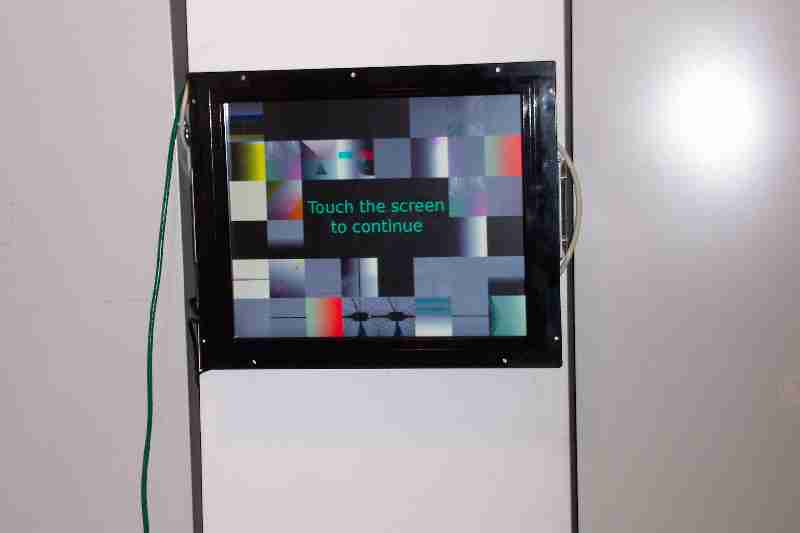GA-IDS: Genetic Art For Intrusion Detection
The goal of the GA-IDS project is to determine whether it is possible
to evolve visualizations of computer network and computer
systems data that make intrusions or anomalies easier for network or
system administrators to detect than existing visualization schemes.
Instead of starting with a preconceived visualization model, we start
with a language for expressing visualizations and then use
genetic programming to produce increasingly refined visualizations
based on user feedback.
As a first step, we want to determine whether individuals who believe
they have knowledge of the current state of the network drive the
evolution to a quantitatively and qualitatively different place than
individuals who do not have this belief. The kiosk at the entrance of
the CS department implements this experiment. It looks like this:

Please play with it! Your feedback will cause the visualizations to
evolve over time. The kiosk is currently under test. When testing is
completed, it will be moved to the entrance of the Technological
Institute and fed with real-time network data from the Northwestern
edge router. A full scale experiment to test this question will then
be done.
A partial web
implementation, without animation, of the kiosk is available.
It uses the same code as the kiosk, but outputs single images.
A low quality movie (Quicktime, 24 MB) of the kiosk in
action is also available.
The kiosk and web systems are based on the following elements, all
developed from scratch for this project:
When run without input data, the output is an instance of genetic
art. We also acknowledge the influence of Andrej Bauer's random
art project. Our goal is not to evolve effective art, but rather
to determine whether we can evolve art that can help users to detect
anomalies and intrusions in network, host, and other data.
Please email ga-ids@cs.northwestern.edu
with your comments!
Members
Talks
Papers
In progress.
Codes
Eventually.
Acknowledgment
This material is based upon work supported by the National Science
Foundation under an REU supplement to Grant No. ANI-0093221, and
by funds associated with the Lisa Wissner-Slivka and Benjamin
Slivka junior chair in Computer Science. Any opinions, findings
and conclusions or recommendations expressed in this material are
those of the author(s) and do not necessarily reflect the views of
the National Science Foundation (NSF). We also thank Andrej Bauer
for generously sharing his Random Art system with us.

